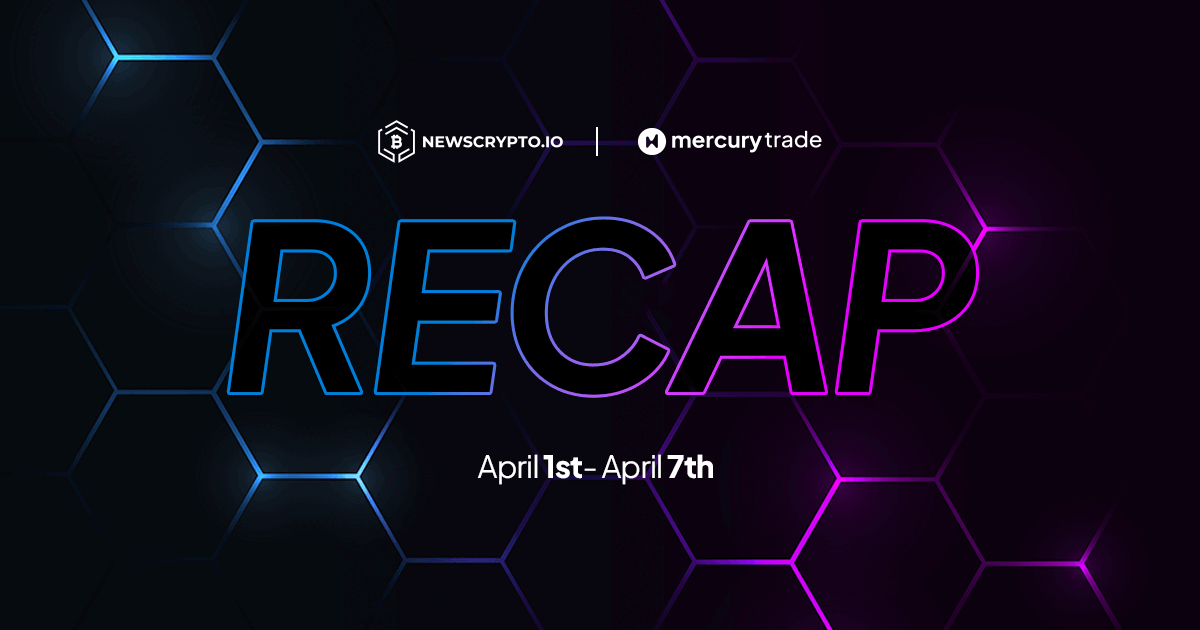Reading about crypto can often get rather confusing, especially if you’re a newbie in the field. Even if an article itself isn’t that sophisticated, there are numerous cryptocurrency terms that are specific for the crypto field and given the fast-paced development of crypto, even veterans in the crypto sphere might get puzzled when they encounter new words.
From technical terms and acronyms to specific slang, it seems as if trading and investing in crypto has its own language. While on the one hand a novice trader might get overwhelmed with all these crypto terms, on the other hand getting familiar with them is essential to keep up with the market situation and hence trade successfully.
Are you ready to learn what some of the most common crypto terms and abbreviations mean? If your answer is yes, then let’s dive right into it
Fear Of Missing Out (FOMO)
Since crypto is still a very volatile market, every trader will sooner or later be looking at insane price increases of a particular project and then jumping in to buy that token in fear of missing out on the profit opportunity thinking that they are missing out on something. If this ever happened to you (and it probably has), you’ve experienced FOMO, which is basically a short form for ‘fear of missing out’. Since crypto trading is still vastly influenced by emotions or sentiment, FOMO still has a large effect on prices. To conquer the market’s fluctuations it’s essential to have a feel of the sentiment, which can be done by going over a huge number of Twitter posts and news from the crypto sphere, but this can be an extremely inefficient and time-consuming process. Luckily, we’ve developed the AI Sentiment Tool that does all the work for you and calculates the price of particular cryptocurrencies for different timeframes, saving you time and energy, not to mention securing your profits.
HODL
The term ‘hodl’ derives from a misspelling of ‘hold’ (while others claim it’s an acronym for “Hold on for Dear Life”). Hodlers approach trading with a long-term strategy, as they hold their coins and don’t get distracted with the short-term volatility in crypto. Their strategy involves simply buying an asset and letting it increase in value over time, not getting distracted (selling) even if the market value goes down substantially. While it seems that being a hodler is easy because you don’t have to track crypto markets on a daily basis, it requires extensive research of the project you want to invest in. The analysis must be thorough and must confirm your hypothesis about the strong fundamentals of a project in order to make sure it will stand the test of time.
Do Your Own Research (DYOR)
Another widely spread cryptocurrency term is DYOR, which stands for ‘Do Your Own Research’. It is used to encourage crypto investors to complete due diligence into the project before putting their life savings into it, so that they are completely aware of why they are buying a specific cryptocurrency or supporting that project. DYOR is commonly used all around the internet, but doing your own research is especially important in crypto, because of the lack of regulation and elimination of third party intermediaries. That isn’t necessarily a bad thing (we could argue that it’s a good thing), but it requires you to exercise a higher degree of caution and diligence. To make sure that everyone, who is new to the crypto world has a step-by-step guide with numerous examples and simple explanations of everything from the essentials on what blockchains are and how crypto works to the basics of charting and even more advanced indicators. Our Academy program offers a complete overview of trading and cryptocurrencies in general and is available for free.
All-time high (ATH)
ATH is an acronym for all-time high. The full form is probably self-explanatory enough. It is the highest recorded price of a particular digital asset. For example, the ATH of Bitcoin (in dollar terms) still stands at $69,000, the price at which it peaked at the start of November last year. When the price breaches the previous all-time high, everyone who ever bought the coin is in profit (at least temporarily). Interestingly, if the price manages to break above the previous ATH with a strong bullish move there isn't necessarily any obvious resistance levels ahead thus the price may enter what we call “price discovery”. This refers to the process of finding out the price of a given digital asset, during which it may peak several times in a row. However, it doesn’t mean that the price will just keep going up forever, as traders will eventually look to take profits at some point.
ICO
An ICO, or Initial Coin Offering, is how blockchain projects raise money to create a new coin, app, or service. They are a crypto industry equivalent of Initial Public Offerings (IPOs) of stocks. Interested investors can buy into an ICO to receive a new cryptocurrency token issued by the project. These tokens usually represent a stake in the project, but sometimes they even have an added utility related to their product or service. Since there is very little regulation of ICOs, you have to be extremely cautious when participating (or rather before participating). Make sure you thoroughly read the project’s whitepaper and be certain that the people putting up the ICO are real and can be held accountable. To put it simply, initial coin offerings represent an investing opportunity that can either generate you extraordinary profits or leave you holding a worthless bag.




